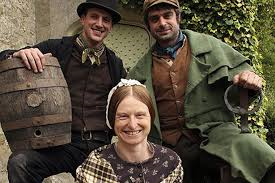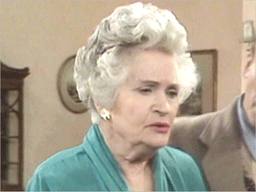Whenever I think of train travel, I think of the Orient Express, or those night sleeper cars often seen in old black and white movies. The elegance of it all! The gently rocking guest rooms, the sofas that are converted into beds at night by white gloved attendants, cocktails in the lounge while listening to Gershwin tunes played on the baby grand by a tuxedo clad pianist and the elegant dining room, its tables laid with china, cut glass and gleaming silverware. All things of the past.
Until I found out about the Cornish Riviera Express, which travels from London to Cornwall, leaving Paddington Station almost daily at 10:30 p.m. The train arrives next morning with stops in Plymouth, Truro and Penzance. There’s a wonderful site called The Man in Seat 61, from which I’ve swiped the photos below. Also on the site are all the details you’ll need to plan a trip onboard of your own.
As the photos above illustrate, the Cornish Riviera Express is much less luxurious than the Orient Express, but the fact that one can still experience a night journey on a train is remarkable. I must fit this in to a future itinerary. The price is certainly right –
|
From £49 to £169 depending on single or double berth
|
You’ll find the official Great Western site here with more information and photos.
You can watch a short video of the train as it steams it’s way through Dawlish, hugging the magnificent shoreline here.
And you can learn more about the background history of the train from this posting on Wikipedia:
to Plymouth without the need to stop to attach a pilot locomotive, use of slip coaches keeping the load below the 310 ton limit for the Castle Class. However the pre-eminence of the Castle class did not last long as the Southern Railway Lord Nelson class of 1926 topped them for tractive effort, and so the King class was developed, particularly with the heavy West-country holiday trains in mind. Their introduction from 1927 allowed arrival in Plymouth to reach the 4 hour mark, although the increased weight of these locos prevented their use in Cornwall. The King class were also permitted an increased maximum load of 360 tons between Newton Abbot and Plymouth; above this a stop was required to attach a pilot locomotive.

.jpg)




















